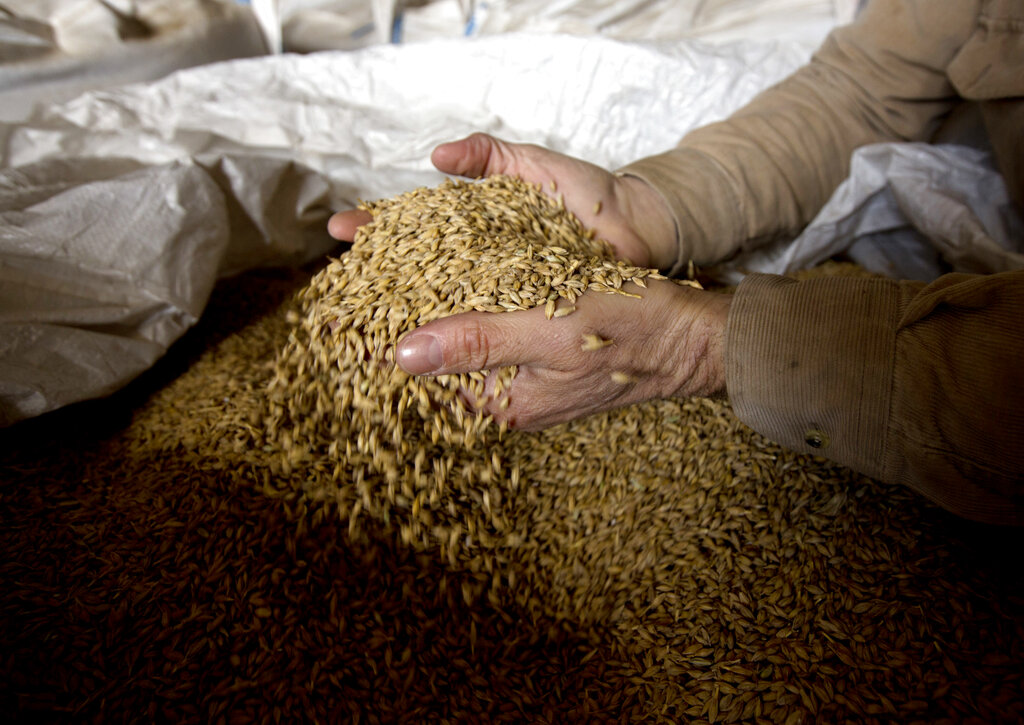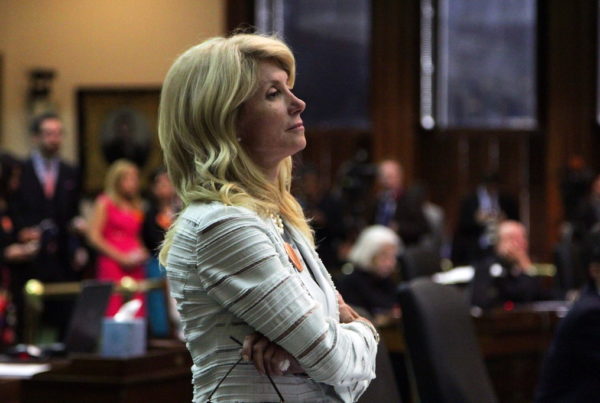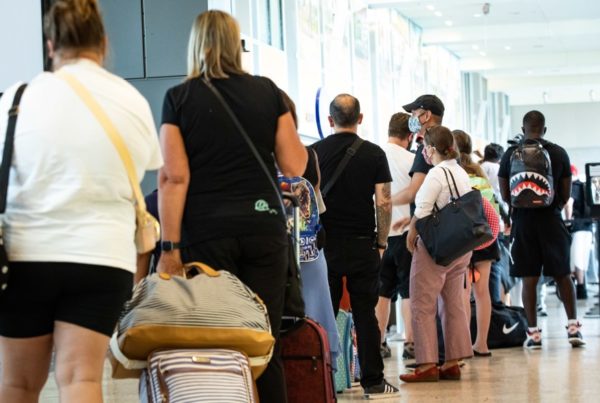Saint Arnold Brewing Company produces its beer in batches. One batch of about 120 barrels of beer uses between 5,000 and 9,000 pounds of barley.
Barley is a primary ingredient in the beer-making process, and its use dates back about 8,000 years.
But in the past year alone, the price of the barley malt the brewery uses has gone up dramatically, part of larger supply chain issues. And it’s affecting breweries across the country.
“It’s something we’ve seen in the last year, we’ve seen it skyrocket,” said Saint Arnold co-founder Brock Wagner. “We’ve been getting price increases on our malt up to 80%.”
Supply chain disruptions caused by Russia’s invasion of Ukraine have hit nearly all industries. In fact, barley prices are not the first hit Wagner said his brewery has taken: Saint Arnold already had to increase its price once in January, due to the rising cost of aluminum last year. That made the price of a six-pack of beer go up 50 cents.
Now the price of barley has again increased his overhead, and if the trend continues, Wagner said he may have to raise prices once more.
“We’re just kind of absorbing, you know, eating the cost ourselves right now,” he said. “But if we continue to see these prices increase, at some point, we’ll be forced to pass along another price increase to the market.”
Russia and Ukraine have a unique connection to the beer-making process. The two countries combined produced 23% of the world’s barley and wheat last year, according to Margaret Kidd, a supply chain expert from the University of Houston.
The limitation of a supply source ultimately means beer makers need to raise the cost of the beer they sell.
“If you’re paying 20% more for the main ingredient for a food product, ultimately, the consumer will pay a bit higher price for the beer when they go either to a restaurant or they’re buying a six-pack at a grocery store,” Kidd said.
It’s not just barley and aluminum either. The cost of glassware has gone up, as has trucking and port shipping, according to the Texas Craft Brewers Guild, a statewide trade group.
The guild said it’s facilitating lines of communication between brewers in the state to keep them updated on barley costs and overall supply chain issues that may impact production.
The group is also trying to negotiate with national organizations that work with suppliers in order to reduce some of those costs, according to guild Executive Director Charles Vallhonrat.
“As a specific state, there’s a very limited amount that we can do on barley market or overall supply chain availability,” Vallhonrat said. “But we also work with the Brewers Association, which is a national trade association. They are a very large entity, and they have a lot of sway working with a lot of the suppliers in the industry.”
Overall, though, Wagner doesn’t see things getting better any time soon.
“I certainly hope to see these markets start to normalize and at some point,” he said. “I think they might eventually, but in the short term I don’t see the markets improving.”
















